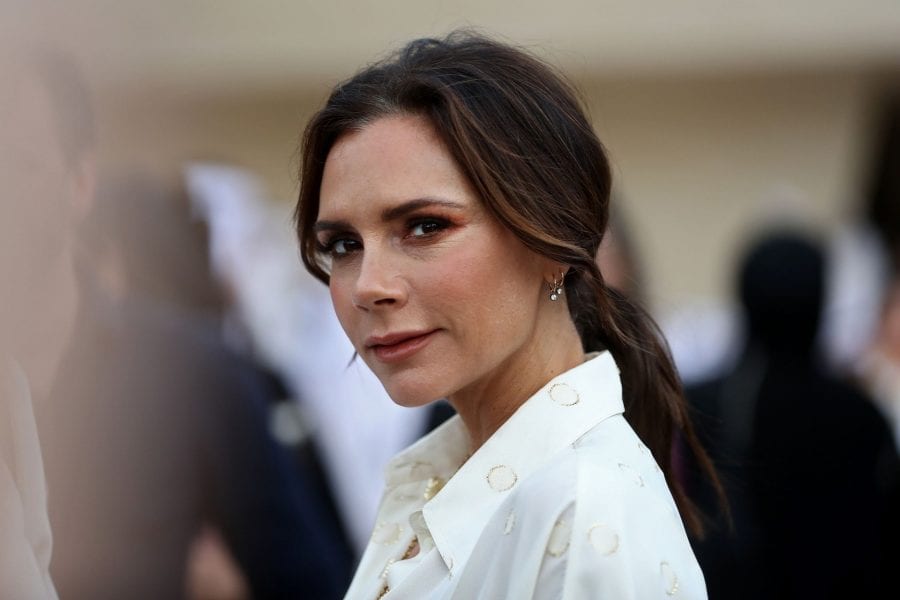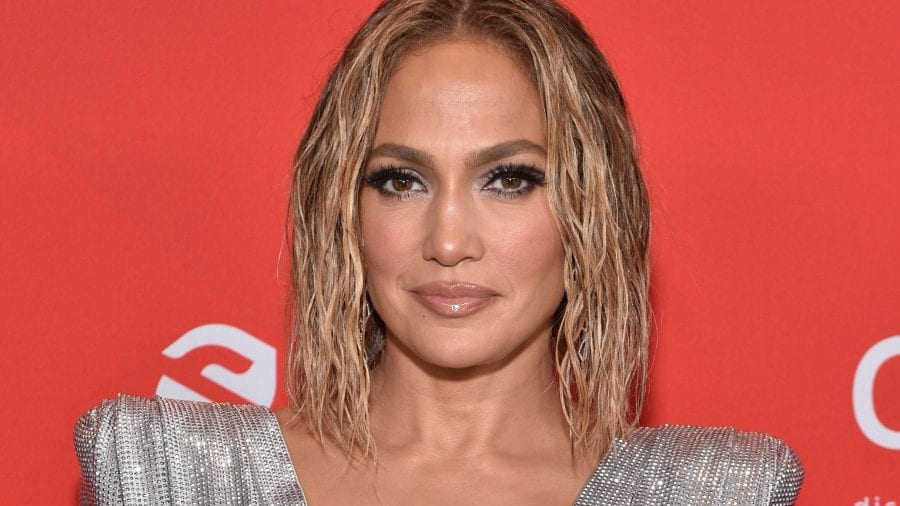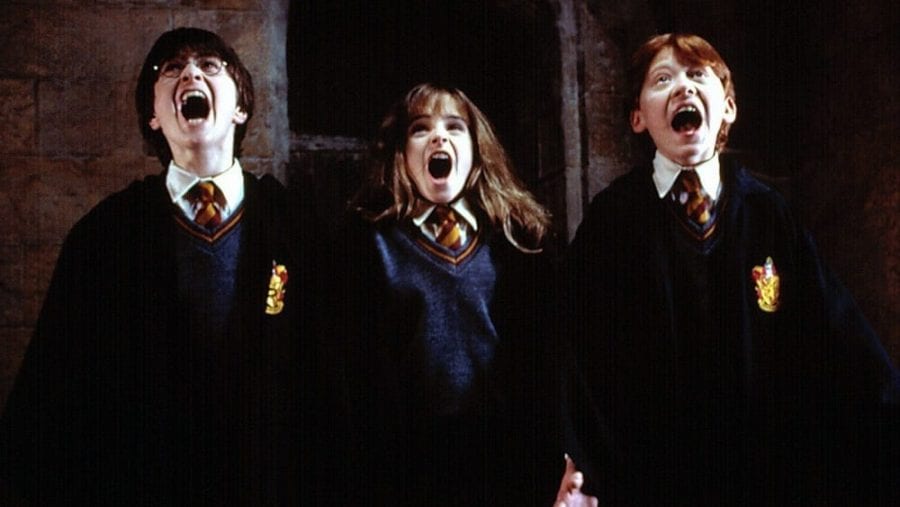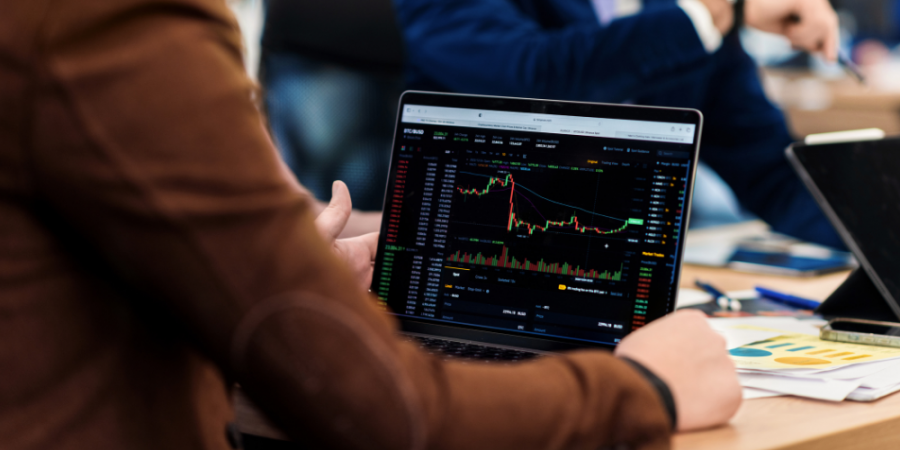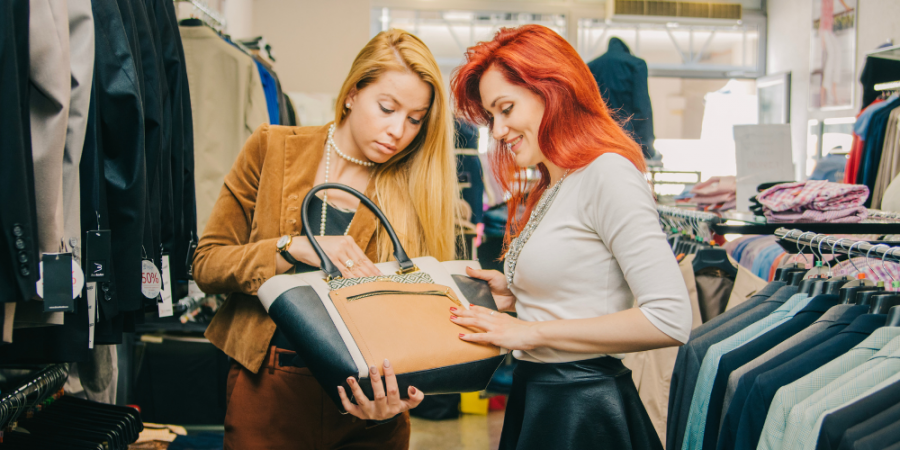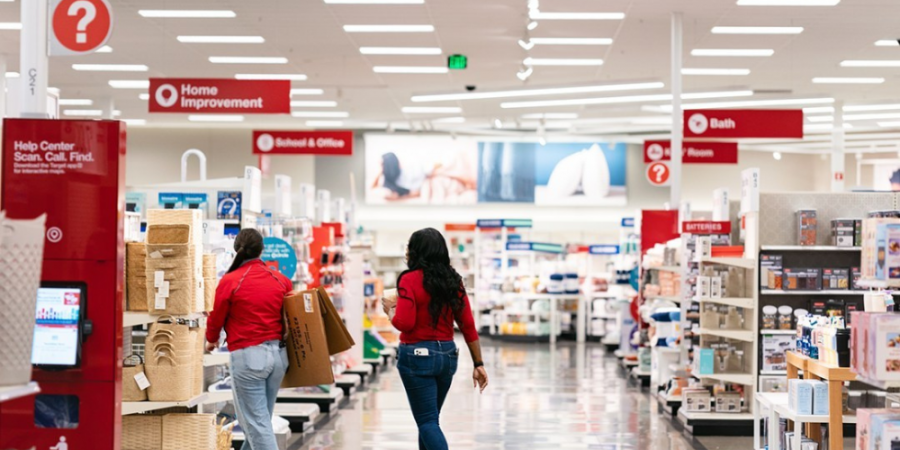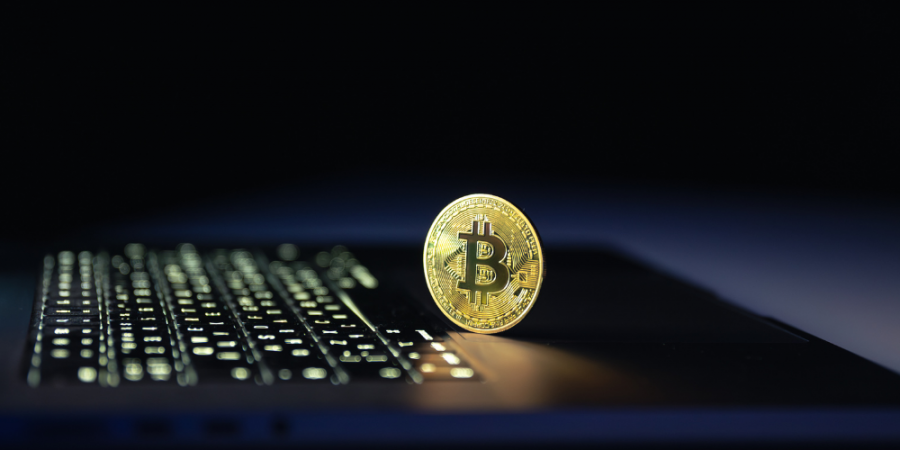The business of “Emily in Paris” is not just about a television show. It is about a global marketing phenomenon that has reshaped the way fashion, luxury brands, and trends are consumed. Released in 2020, “Emily in Paris” quickly became a massive hit on Netflix, amassing millions of viewers worldwide.
Starring Lily Collins as Emily Cooper, an ambitious marketing executive from Chicago who moves to Paris, the show has become a platform for some of the world’s most coveted luxury brands.
But how did a fictional show about an expat in Paris become such a game-changer for the business world? The answer lies in the show’s seamless integration of high fashion, real-world luxury brands, and aspirational lifestyles. All of which have had a direct impact on consumer behavior.
How “Emily in Paris” Became a Marketing Powerhouse
“Emily in Paris” aired on Netflix in 2020, captivating an audience of 58 million households globally. The show has since evolved into a marketing juggernaut, with fashion and lifestyle choices seen on-screen translating into real-world sales.
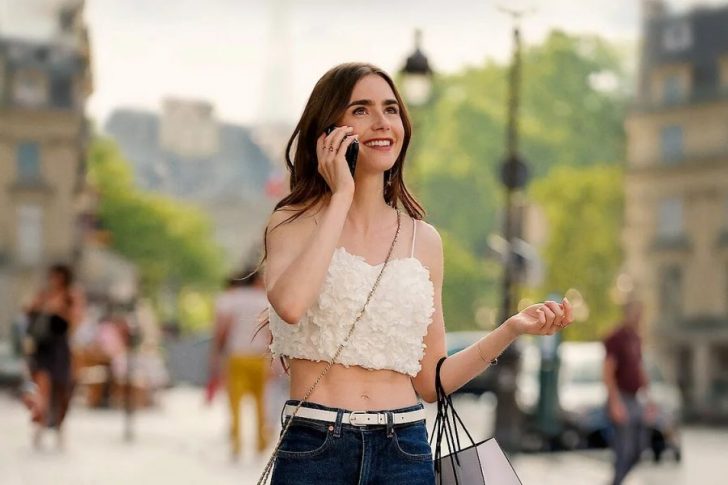
Telly / Season 2 of “Emily in Paris” became the most-watched Netflix show of 2022, while the first half of season four garnered nearly 20 million views within its first four days of streaming.
But the impact goes far beyond viewership numbers. For many luxury brands, “Emily in Paris” is not just a backdrop for their products but a full-fledged marketing platform. Fashion pieces featured on the show – be it Kangol bucket hats, Rimowa luggage, or Jacquemus cardigans – have become overnight sensations, driving a surge in consumer interest and purchases.
Searches for specific fashion items associated with the show have skyrocketed, with Jacquemus cardigans up 18% and Ganni bags up 15% in a single month, according to global shopping platform Lyst.
Fictional Marketing Agency, Real-World Impact
One of the most intriguing aspects of the business of “Emily in Paris” is how it transforms fiction into reality. Emily works for the fictional marketing agency Agence Grateau, but the influence of this fictional agency is far-reaching. The show portrays Emily as a savvy marketing executive who finds innovative ways to promote brands, often in glamorous, highly visual campaigns. And while Agence Grateau doesn’t exist, its impact is real.
Take for example the brands that partner with the show for product placement. Featured items and luxury brands receive immediate global exposure. Something that would typically require multi-million-dollar advertising budgets.
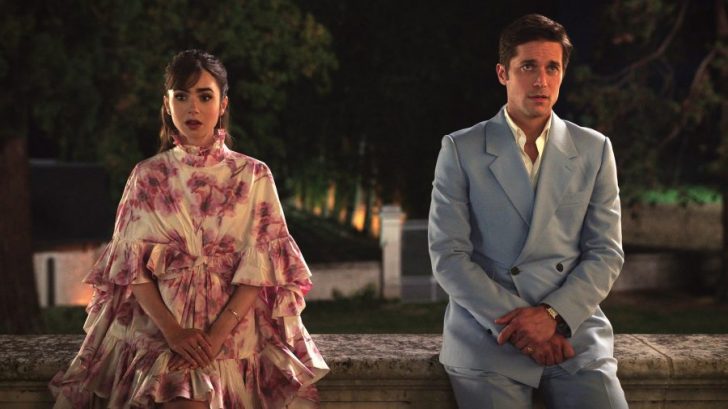
Netflix / From Cartier jewelry to Baccarat glassware, the products Emily wears and uses in the show generate massive engagement and sales spikes.
For instance, when Lily Collins wore Cartier jewelry during the show’s promotional tours, it resulted in over $2.3 million in earned media value for the high-end jeweler.
Thus, the effect of “Emily in Paris” extends beyond the screen as well. Lily Collins’ red carpet and press tour appearances have consistently featured luxury brands, further boosting their visibility. Her choice to wear Cartier during the promotional campaign contributed to an additional 57.6 million social media engagements, providing these brands with earned media value they could only dream of.
“Emily in Paris” Use Costumes As Marketing Tools!
The show’s costumes are not merely fashion statements but marketing tools, carefully selected to resonate with audiences who aspire to the Parisian chic lifestyle portrayed by Emily and her friends. Every look is curated to reflect the personality of the characters while serving as a vehicle for brand exposure. As a result, “Emily in Paris” has launched global fashion trends, with certain pieces becoming must-haves for fashion-forward consumers.
However, beyond clothes, beauty brands have also reaped the benefits of being featured on the show. Augustinus Bader, a luxury skincare brand, enjoyed unprecedented visibility after its products were used by characters on the show. The fusion of aspirational beauty routines with the show’s glamorous Parisian backdrop has led to a surge in demand for luxury skincare and cosmetics.


